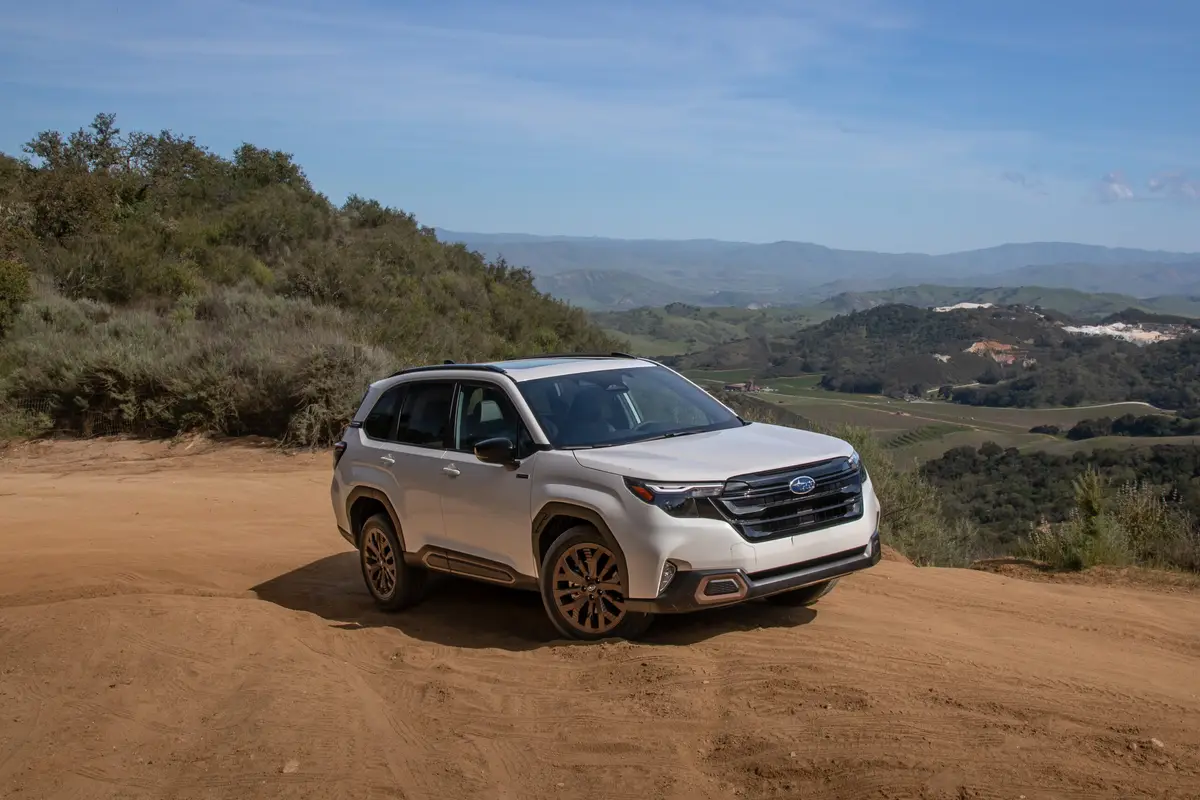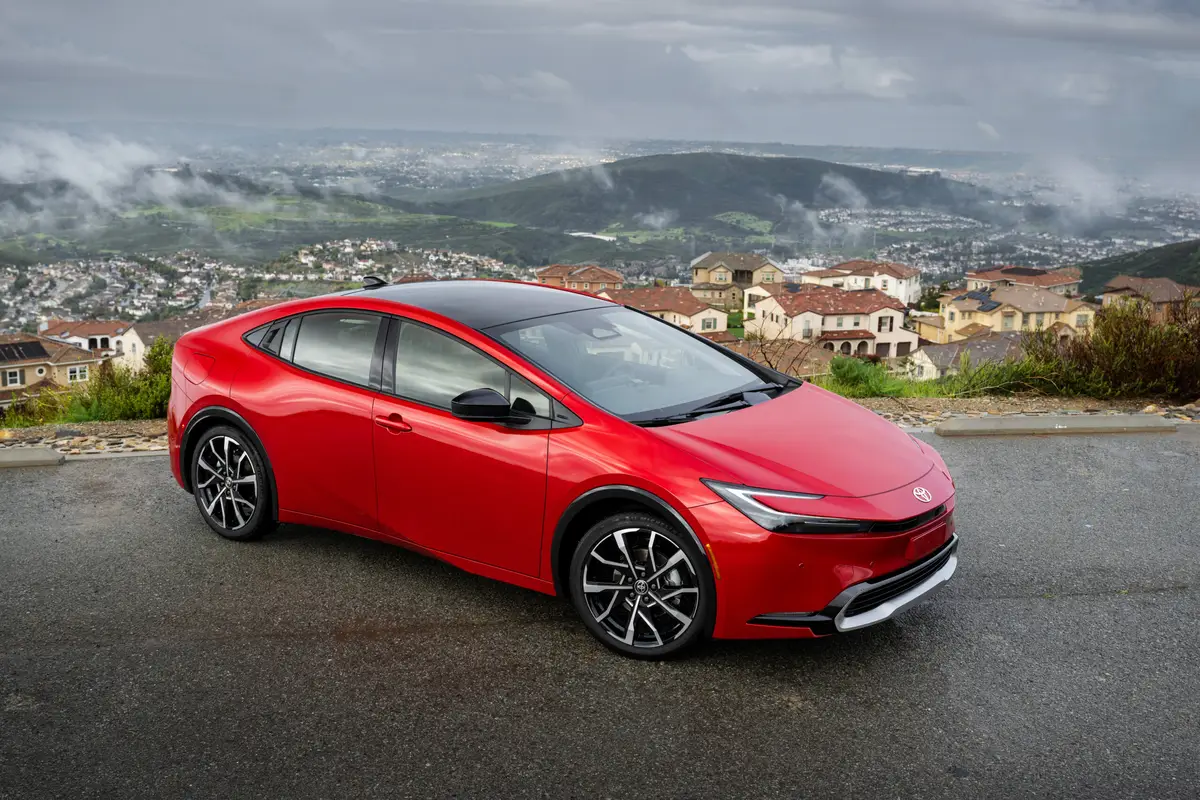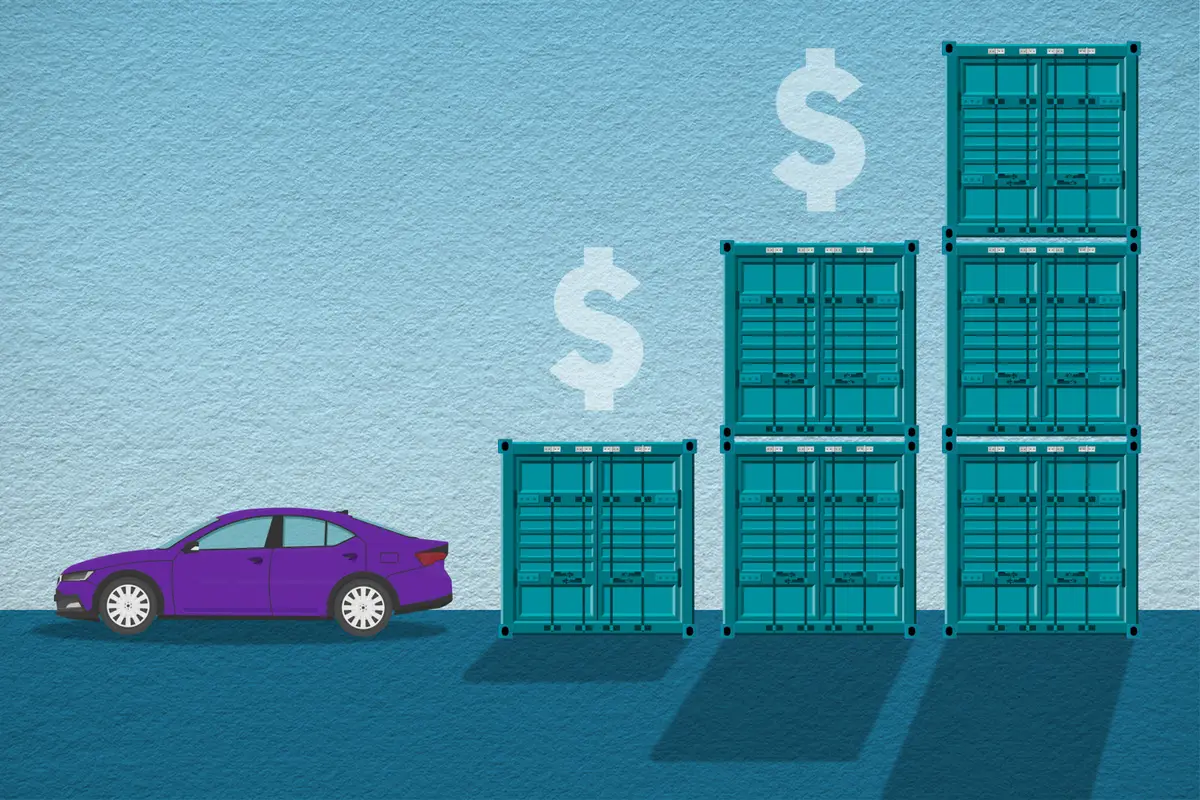Mix Regular Gas With Premium to Save Money at the Pump

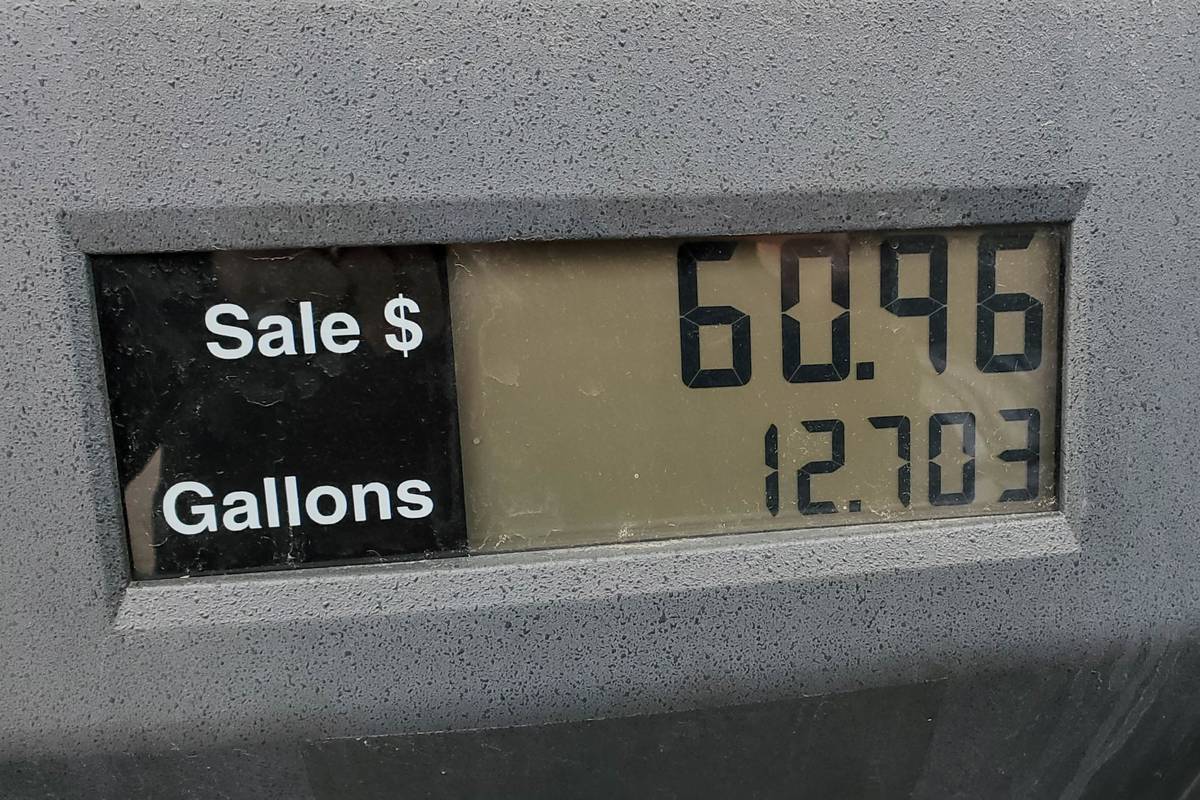
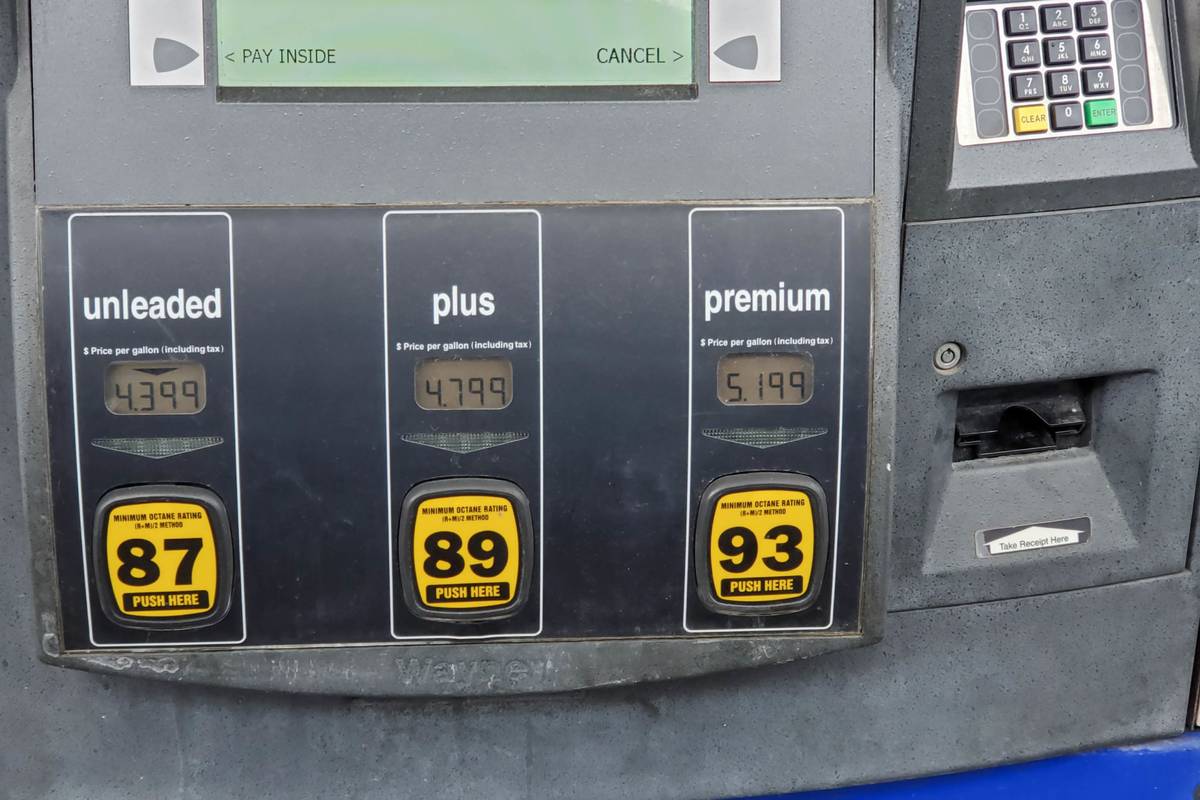
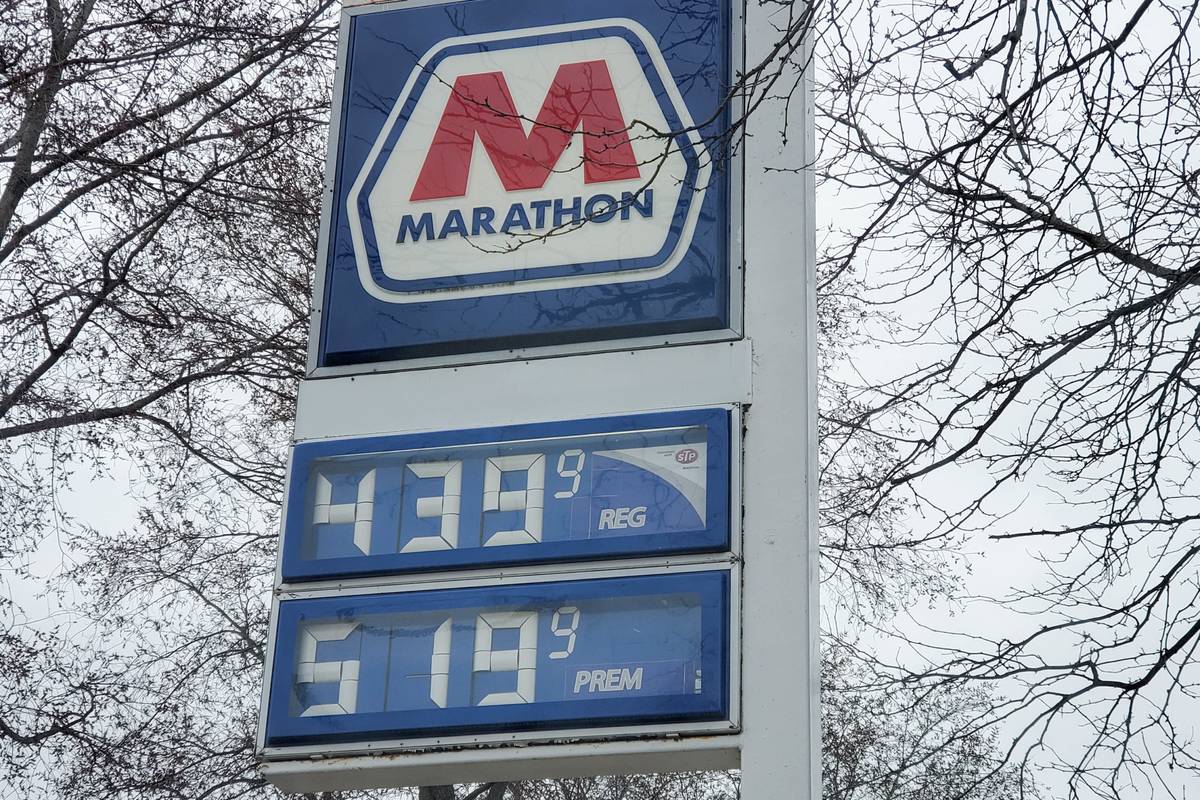

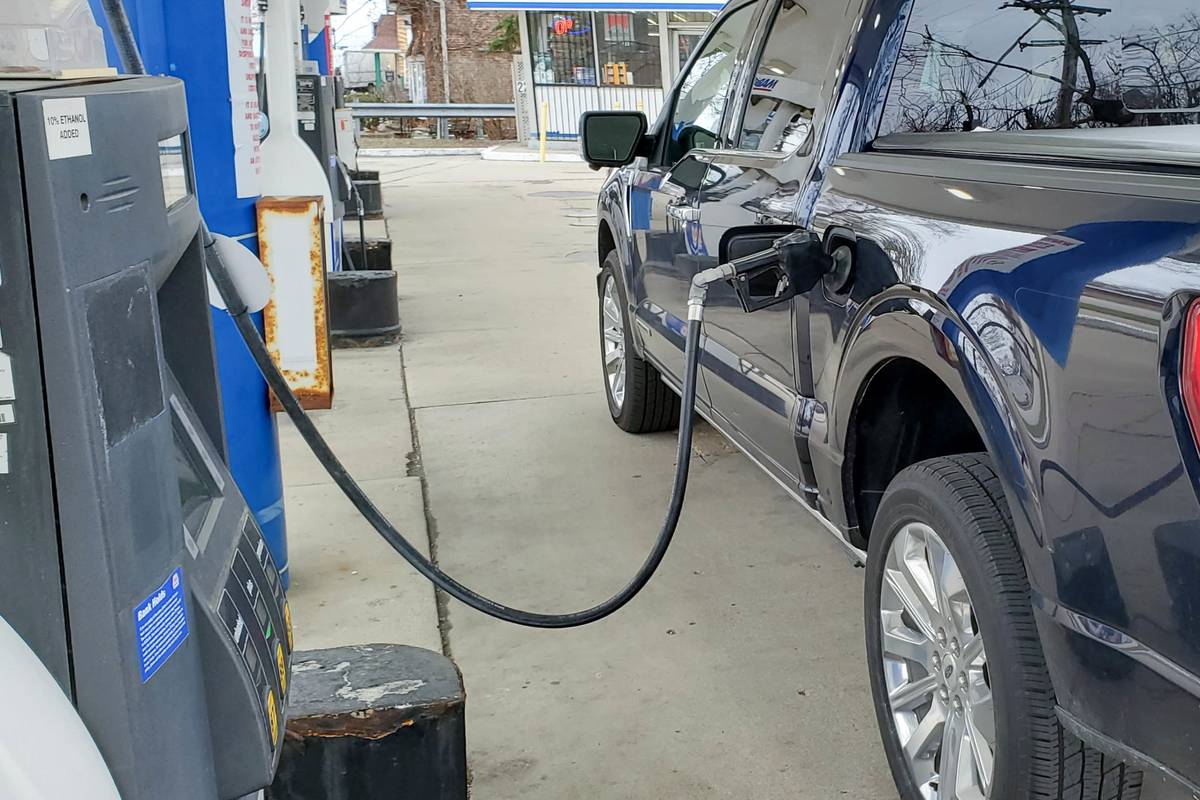





We’ve been reporting for years that there’s zero advantage to using a higher-octane gasoline than your car requires, and that you can also get away with regular gas if your car merely recommends premium but doesn’t require it. Yet many of us are essentially forced to pay more simply because the gas pumps don’t offer the exact octane our vehicle requires … or are we?
Related: What Are the Most Fuel-Efficient Cars for 2022?
The octane ratings found at gas pumps vary across the country, but the typical distribution here in Cars.com’s hometown of Chicago is a perfect example of the problem: We usually see 87-, 89- and 93-octane fuel. What does this leave out? The 91 octane that many vehicles recommend or require. Put in this position, most people buy 93, which is technically the right thing to do — but it also means you’re paying more than you need to.
There’s a solution: Fill your tank halfway with 93 octane and the other half with 89 octane as I recently did with our 2021 Ford F-150, saving more than $5.
It’s Just Math
It really is this simple: Equal amounts of 89- and 93-octane gas gives you a tankful of 91 octane. There’s a misconception that the highest-octane choice, typically called premium, is somehow fundamentally different from the lower grades. This is based partly on how it’s marketed and priced, as well as on the belief that premium includes more detergents and other magic additives — which may have been true in the early days of fuel injection but isn’t any longer.
The other math involves how much you can save and whether you think performing two transactions is worthwhile. If you’re driving a vehicle with a big tank, you might hit a dollar limit and be forced to start a second transaction anyway, so why not save a little money? That’s exactly what I did in the example below.
For what it’s worth, our example illustrates how to mix 91-octane gas (which is still premium) using one part 89 octane (considered mid-grade); in some regions, mid-grade is 88 or 87 octane. Yes, our headline says mix “regular gas with premium,” but there’s no reason not to mix any octane number with any other if the math works out in your favor regardless of how it’s classified where you live.
Putting 91 Octane Into Our F-150’s Tank, in Two Parts
When I pulled the F-150 into a suburban gas station with the tank near empty, the options were 87 octane at $4.399, 89 octane at $4.799 and 93 octane at $5.199. (To be clear, our F-150 can run on 87 octane, but for our own testing purposes, we’re in a period of using 91 octane, which the vehicle can exploit for higher performance.)
I started with 93 octane and kept an eye on the pump’s gallon display, knowing our tank holds about 30 gallons. You can also watch your vehicle’s gas gauge if you turn the ignition on, but do not start the engine. If you’re mixing and want to err on one side, go heavier on the higher octane just to be sure. When the cost hit $75.00, the pump shut off automatically with 14.4 gallons dispensed.
That seemed about right, so I returned the nozzle to the pump to clear the screen, reinserted my credit card and went with 89 octane this time. The tank was full after 12.7 gallons and $60.96.
By my math, the second half would have cost $66.03 if I’d stayed with 93 octane, so I saved $5.07. I’ll take it.
If you have a smaller car or gas prices are lower, you might not think it worthwhile to perform two transactions. But the option is always available to you to get the octane your vehicle calls for without throwing away money — even a buck or two per fill-up adds up over time.
More From Cars.com:
Cars.com’s Editorial department is your source for automotive news and reviews. In line with Cars.com’s long-standing ethics policy, editors and reviewers don’t accept gifts or free trips from automakers. The Editorial department is independent of Cars.com’s advertising, sales and sponsored content departments.

Former Executive Editor Joe Wiesenfelder, a Cars.com launch veteran, led the car evaluation effort. He owns a 1984 Mercedes 300D and a 2002 Mazda Miata SE.
Featured stories
